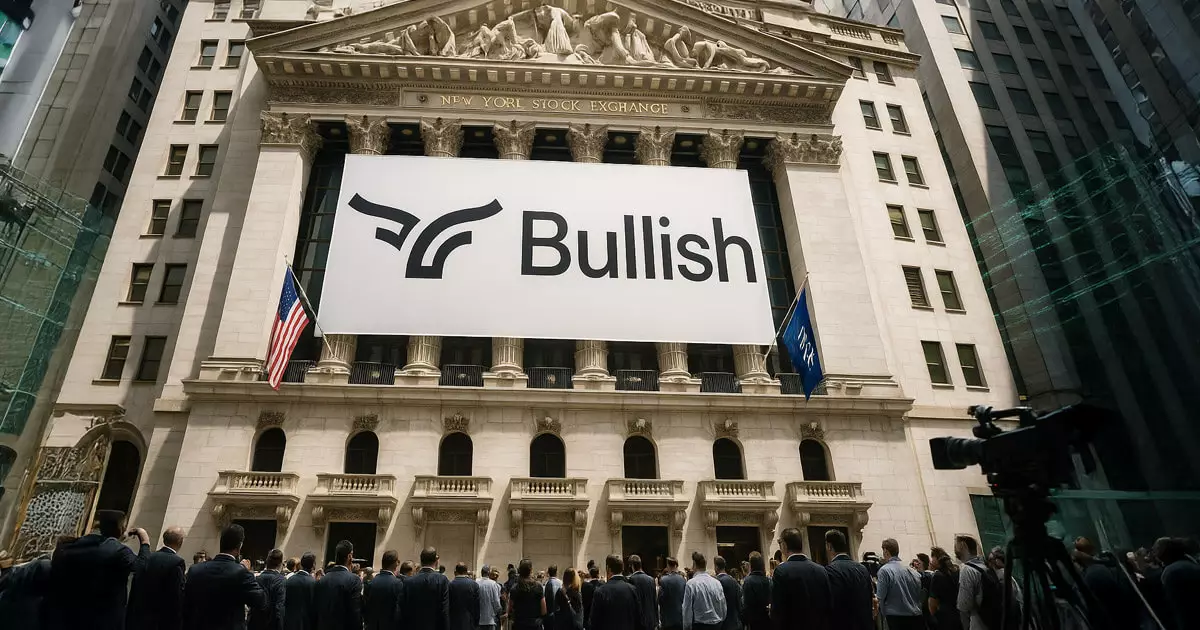In recent months, the financial landscape has witnessed an audacious shift toward blockchain integration, exemplified by Bullish’s groundbreaking IPO process. By accepting stablecoins like RLUSD, USDC, and USD1 as part of its $1.15 billion raise, the company boldly positions itself at the forefront of a new era—one where digital assets are no longer mere speculation but become linchpins of mainstream finance. This move underscores a vision to streamline settlement processes, reduce operational risks, and accelerate transactions, making financial markets more resilient and transparent. However, beneath this veneer of innovation lurks a thorny web of potential pitfalls that could threaten the very stability these technologies aim to enhance.
The Illusion of Stability in Harmonized Digital Assets
Stablecoins are often heralded as the backbone of blockchain-based finance, designed to anchor digital assets to real-world currencies and mitigate volatility. Yet, in practice, many of these tokens—such as RLUSD or USD1—are issued by entities whose backing mechanisms are opaque or potentially fragile. As Bullish’s reliance on multiple stablecoins across different networks highlights, this diversification might be more about a search for efficiency rather than real stability. In moments of systemic stress, the overreliance on these digital proxies could precipitate a cascade of failures, especially if the underlying collateral or backing assets face sudden devaluation. The recent surge in institutional engagements with such stablecoins signals confidence, but confidence grounded in speculative narratives rather than guaranteed stability remains perilously fragile.
Regulatory Blind Spots and the Promise of the Blockchain Future
While Bullish’s secure custody with Coinbase demonstrates an admirable commitment to regulation, the broader landscape remains riddled with ambiguities. Governments and financial watchdogs are playing a perpetual game of catch-up, attempting to regulate an ecosystem that evolves faster than legal frameworks can adapt. This regulatory lag often leaves gaps that can be exploited, with potentially catastrophic consequences—ranging from insolvencies to market manipulation. Constructive regulation is necessary but must balance innovation and oversight; otherwise, the burgeoning adoption of stablecoins risks becoming a Pandora’s box, unleashing systemic vulnerabilities that could mirror or even surpass traditional financial crises.
The Consequences of Embracing Blockchain for Capital Markets
The utilization of blockchain assets in large-scale financial operations, such as IPOs and credit agreements, suggests a future where digital tokens are integral to corporate and institutional finance. Yet, such integration is a double-edged sword. While aims to slash settlement times and operational costs are laudable, they also expose markets to new forms of systemic shock—rapid contagion effects, fragmented liquidity pools, or unanticipated regulatory crackdowns. As Bullish and similar entities forge ahead, it is crucial for policymakers, investors, and industry players to critically evaluate whether digital assets truly offer a safer and more transparent alternative or whether they merely paper over deeper flaws embedded within their complex structures. The seductive allure of blockchain’s speed should not obscure its potential to amplify risk in an interconnected financial landscape that remains vulnerable to shocks.
In the end, the march toward a blockchain-powered financial ecosystem hinges on a delicate perception: innovation that genuinely enhances stability and efficiency versus experimentation cloaked in the promise of progress. Only through rigorous scrutiny and cautious adoption can we hope to harness these tools without unwittingly sowing the seeds for future crises.

